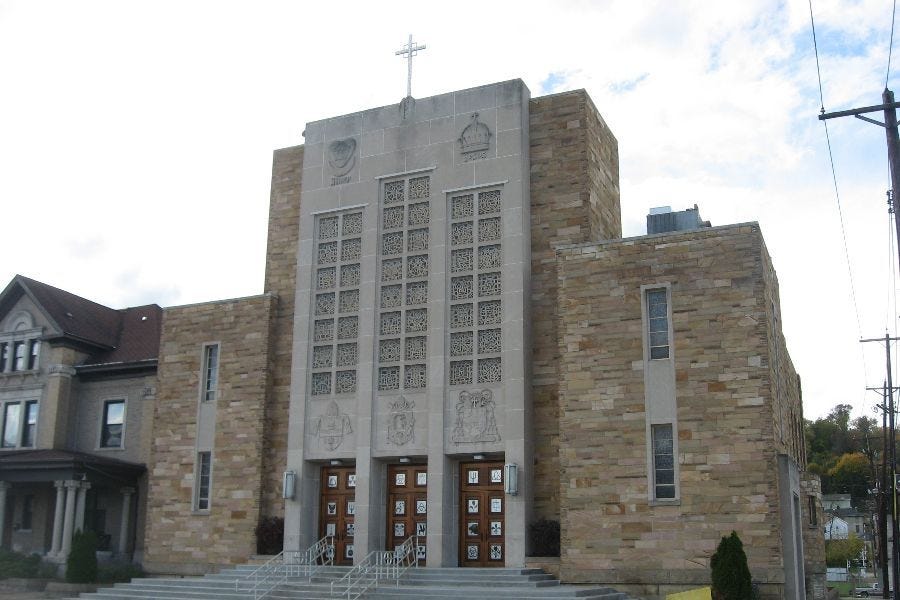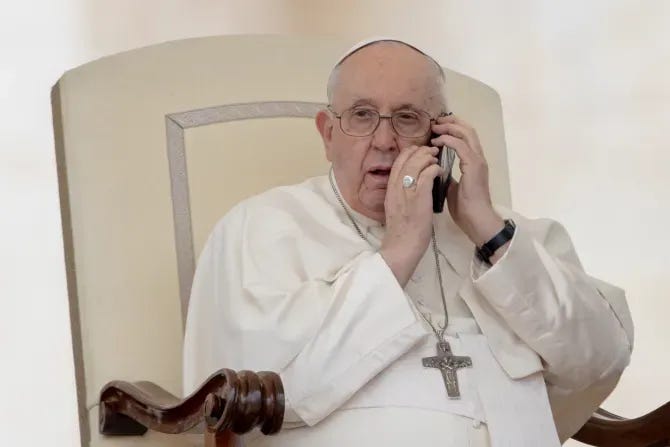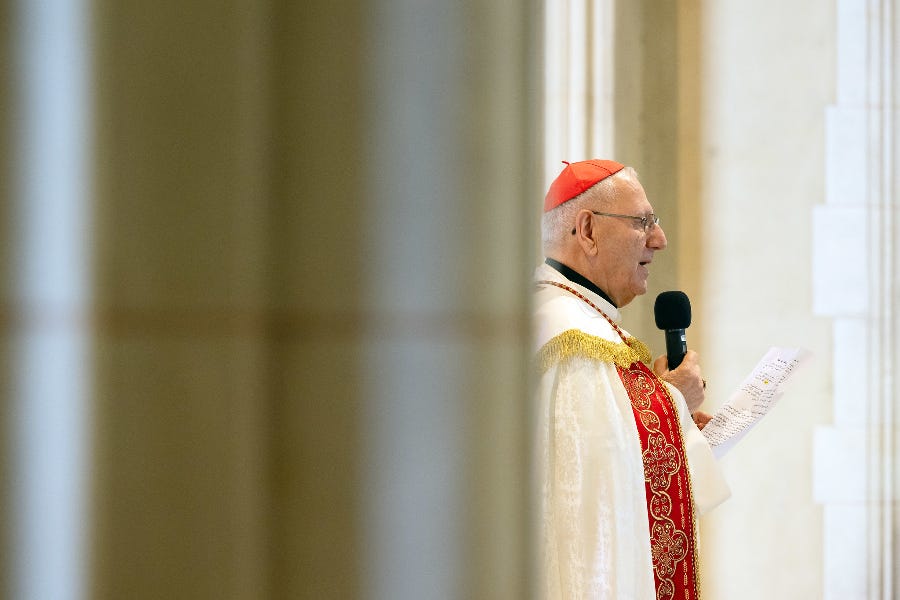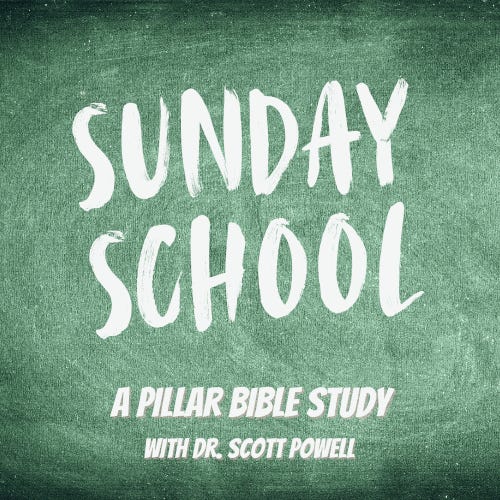Two Ohio dioceses have announced that preliminary discussions are underway regarding the prospect of merger — after controversy over that idea stymied a 2022 consultative vote at the U.S. bishops’ conference.
The discussions are taking place at the request of the apostolic nuncio, the statement suggested.
But it is not clear when a prospective merger could be effected, and a joint statement emphasized that “no decision has been made” regarding the possibility of merging the Steubenville and Columbus dioceses.
According to a Dec. 11 announcement, Bishop Paul Bradley, temporary head of the Steubenville diocese, and Bishop Earl Fernandes of Columbus, have begun with their staffs “very preliminary discussions regarding the potential merger of the dioceses.”
“The apostolic nunciature has asked the dioceses to work together to consider how different dimensions of the dioceses, including the temporal aspects of life, might be affected by such a proposal.”
“While no decision has been made, due diligence is needed so an educated and responsible decision can be discerned in a timely manner. Ultimately, the decision is up to the Holy Father,” the statement added.
The prospect of merging the two dioceses was first announced in October 2022 by former Steubenville bishop Jeff Monforton.
At a meeting of priests, Monforton explained that a process was underway to see the eastern Ohio diocese merged with the neighboring diocese of Columbus.
While Monforton said that process could be a “template” to “assist other dioceses” facing the prospect of merger, priests and laity in Steubenville pushed back on Monforton’s approach.
Diocesan clergy argued that Monforton had undertaken no consultation with them before beginning to plan the merger process, and before announcing that the merger was a certainty - even while it had not yet received approval from Pope Francis.
While laity held rosaries outside the diocesan chancery, 18 priests and deacons of the Steubenville diocese wrote to the U.S. bishops’ conference in October 2022, arguing that laity and clergy had not been adequately consulted on a plan that would significantly impact their spiritual lives, and urging that a consultative vote of U.S. bishops planned for November 2022 be delayed.
“We ask Your Excellencies and your brothers in the episcopate to delay the November vote on the proposed merger so that we and our laity may participate in this process that so directly greatly impacts our relationship with the Church and each other,” the clerics wrote, in a letter sent to Archbishop Jose Gomez, USCCB president.
Principally at issue was that Monforton had not directly consulted with Steubenville’s priests about the proposed merger.
Instead, the bishop said that conversations with “some advisors - local entrepreneurs and business people,” had “governed my decision” on the need to merge the Steubenville diocese with its neighbor.
Signatories to the Oct. 2022 letter to the USCCB said Monforton should have done more consulting, and that the U.S. bishops’ conference should see that take place before any decisions are made.
The letter said the clerics had “serious procedural concerns about the process that has been undertaken,” in the Steubenville diocese.
“Although the proposed merger has been under consideration for well over a year, Bishop Jeffrey Monforton undertook no consultation with the clergy or lay faithful of the diocese; a decision was simply announced to us.”
While Monforton had insisted that the Steubenville diocese is not financially sustainable, a group of Steubenville priests also pushed back directly on that idea.
In an Oct. 18, 2022 letter to Ohio bishops, 16 priests argued that the Diocese of Steubenville has significantly more priests per capita than any other diocese in Ohio — there are 372 Catholics per priest in the diocese, the letter claimed, while there are more than 1,000 Catholics per priest in each of Ohio’s other dioceses.
The clerics added that the Diocese of Steubenville has a higher share of Catholics attending Mass than other Ohio dioceses, had more participation in the global synod on synodality, and had both a stable population and continued prospects for priestly vocations.
The letter argued that the diocese “is ripe for the harvest” of evangelization.
“This is mission territory that cries out for the spreading of the Catholic Faith. In one sense, we as missionary disciples of Christ could be in no better place!” the clerics argued.
The letter also argued that the diocese was more financially healthy than Monforton had let on.
After nearly a month of pushback, Monforton announced that he had requested the USCCB cancel its planned consultative vote on the matter, and the prospective merger seemed at least temporarily shelved.
In February of this year, the Diocese of Steubenville announced that it would undergo an external audit of its financial viability, as part of ongoing deliberations regarding the prospect of its merger.
The audit was ordered by the Vatican’s Dicastery for Bishops, a spokesman told The Pillar, and was to be overseen by Archbishop Dennis Schnurr of Cincinnati, along with public accounting firm Schneider Downs, and diocesan finance officers from Cincinnati, Columbus, and Youngstown.
Results of that audit have not been released to the public.
But in September, Monforton was appointed an auxiliary bishop in the Archdiocese of Detroit. Bishop Paul Bradley, who had recently retired from his own Michigan diocese, was the temporary apostolic administrator of the Steubenville diocese.
At the time, Vatican sources told The Pillar that while plans to merge Steubenville into the Diocese of Columbus had been temporarily shelved last year, the plan was still likely to eventually move forward, albeit with more consultation of both clergy and laity in the process.
Last month, sources told The Pillar that a new planned USCCB consultative vote on the merger was expected to take place next year.
But a priest in the Steubenville diocese told The Pillar that he believes Bradley’s insistence that the matter is not a done deal.
“It’s been made clear that there is no predetermined outcome,” the priest told The Pillar.
Without giving a timeline, the Ohio bishops involved asked for prayers in their Dec. 11 statement.
“Bishops Bradley and Ferandes ask the clergy and laity to pray that the unified work may be fruitful,” the bishops wrote.
“The work has begun, and as the work continues, updates will be provided.”




